Eurozone PMI Manufacturing dipped slightly from 58.7 to 58.4 in February, below expectation of 58.7. PMI Services, on the other hand, jumped from 51.1. to 55.8, above expectation of 51.7. PMI Composite rose from 52.3 to 55.8, a 5-month high.
Chris Williamson, Chief Business Economist at IHS Markit said:
“The eurozone economy regained momentum in February as an easing of virus-fighting restrictions led to renewed demand for many consumer services, such as travel, tourism and recreation, and helped alleviate supply bottlenecks. Business optimism in the outlook has likewise improved as companies look to the further reopening of the economy, encouraging increased hiring.
“However, although easing, supply constraints remain widespread and continue to cause rising backlogs of work. As such, demand has again outstripped supply, handing pricing power to producers and service providers. At the same time, soaring energy costs and rising wages have added to inflationary pressures, resulting in the largest rise in selling prices yet recorded in a quarter of a century of survey data history.
“The strength of the rebound in business activity signalled by the PMI provides welcome evidence that the economy has so far shown encouraging resilience in the face of the Omicron wave, but the intensification of inflationary pressures will add to speculation of an increasing hawkish stance at the ECB.”
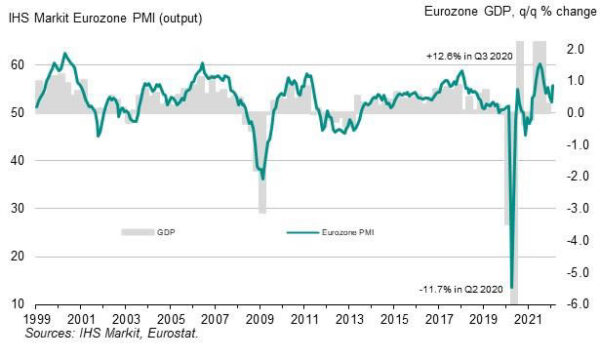
Full release here.




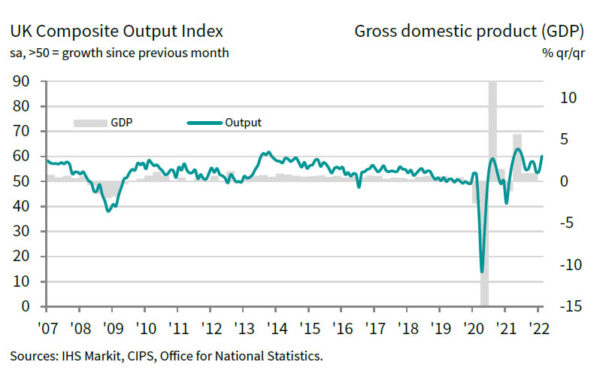
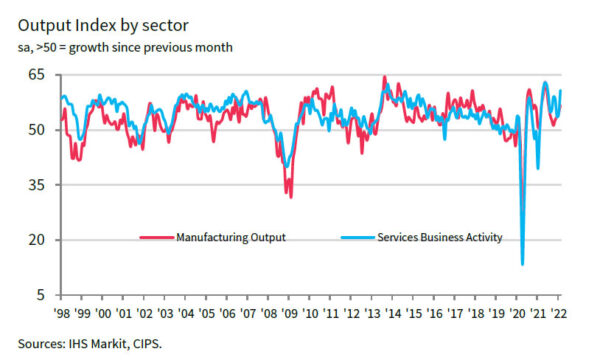

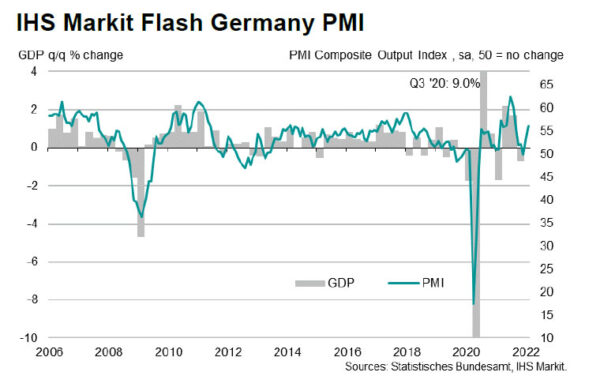
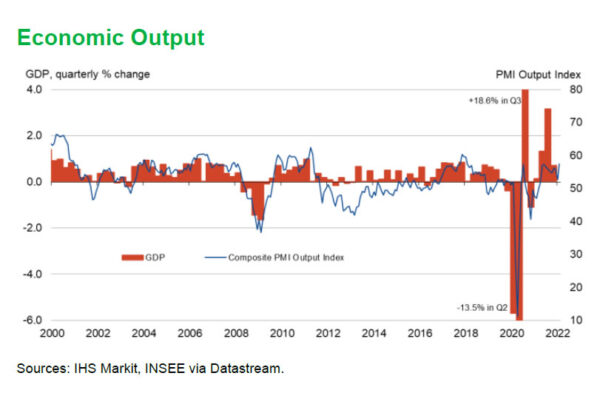
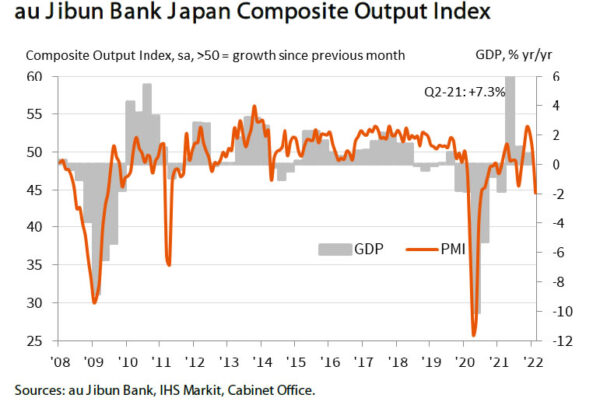
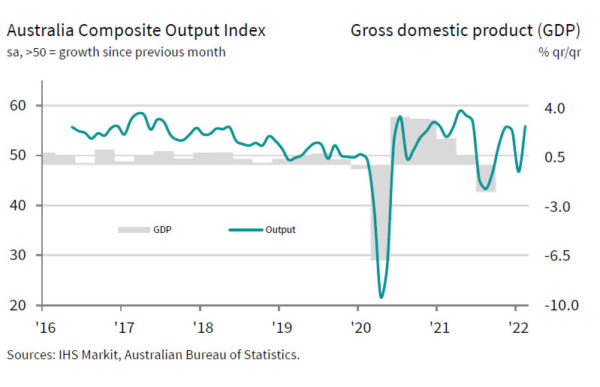
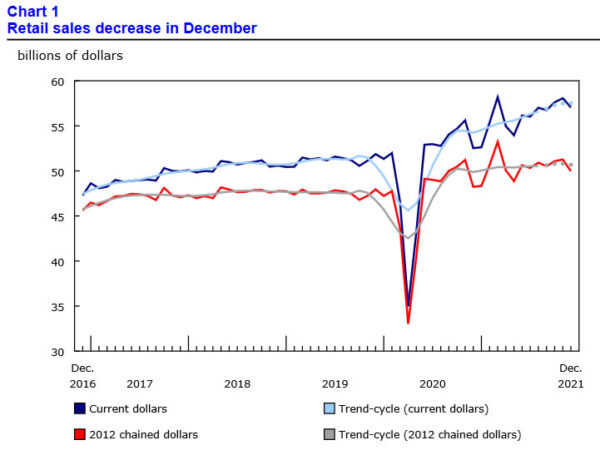
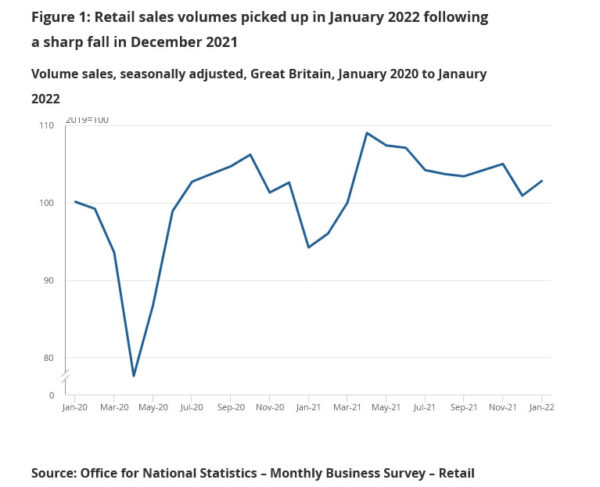
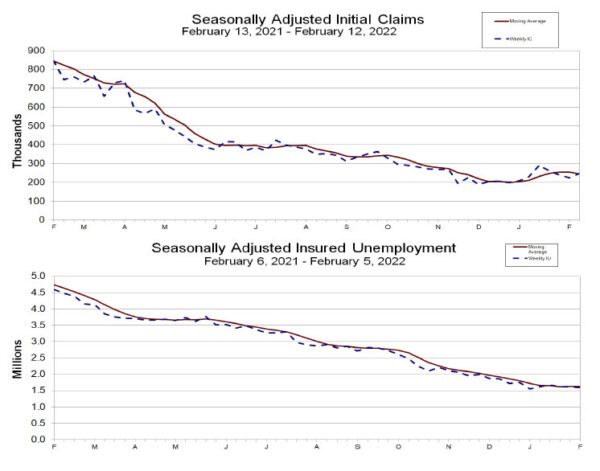
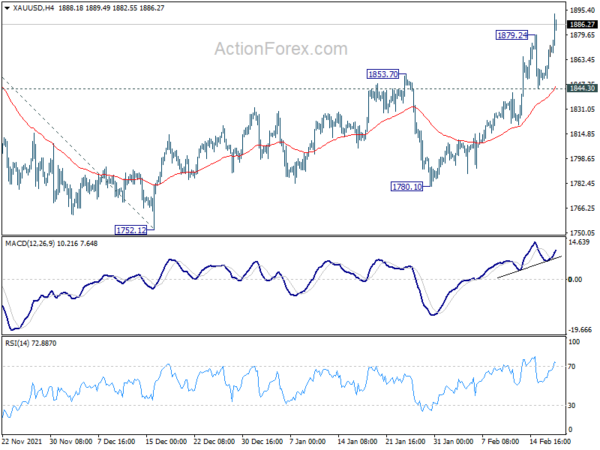
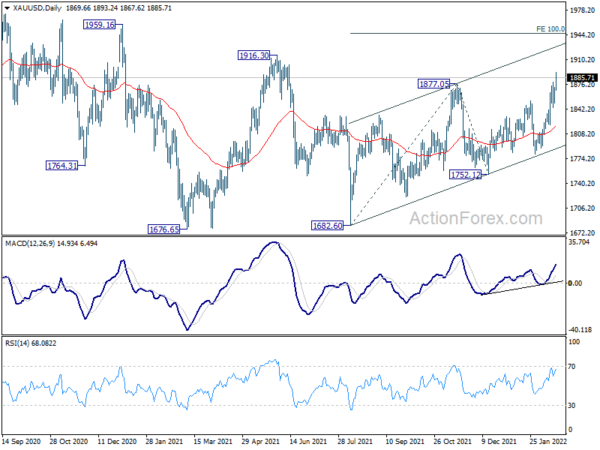
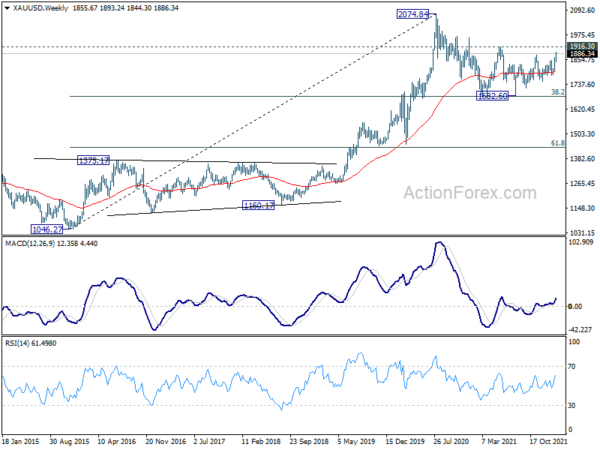
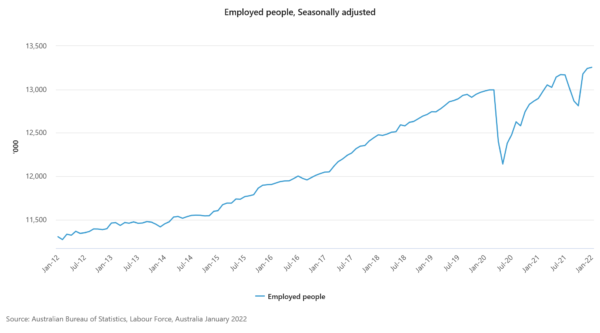
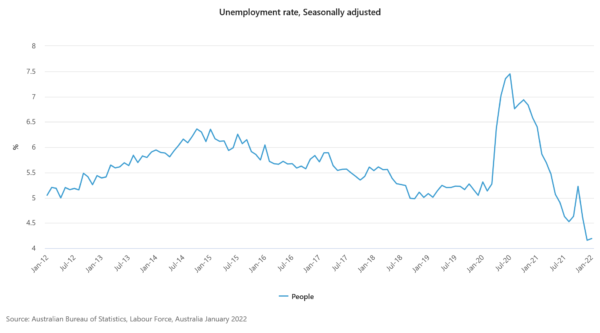

Gold breaks 1900, upside acceleration ahead?
Gold’s rally resumes today and hits as high as 1913.79 so far, breaking 1900 handle. It’s now eyeing 1916.30 resistance. Break there will extend current rise from 1682.60 to 100% projection of 1682.60 to 1877.05 from 1752.12 at 1946.57.
Also, it should be pointed out that, firstly, sustained break of 1916.30 should confirm that whole correction from 2074.84 (2020 high) has completed at 1682.60, after defending 38.2% retracement of 1046.27 to 2074.84. Secondly, sustained break of 1946.57 would likely bring upside acceleration.
In this case, Gold could be quickly shot up to 161.8% projection at 2066.74, which is close to 2074.84 high.